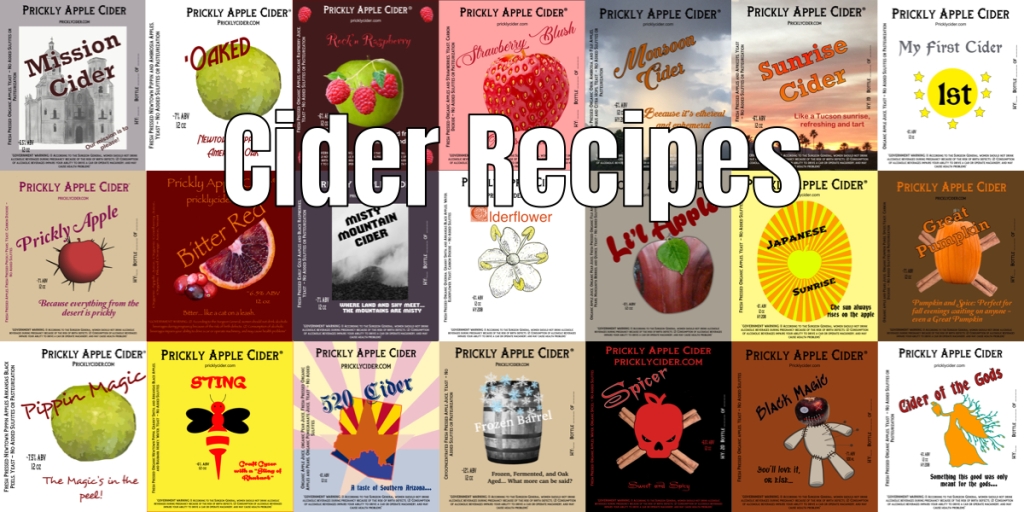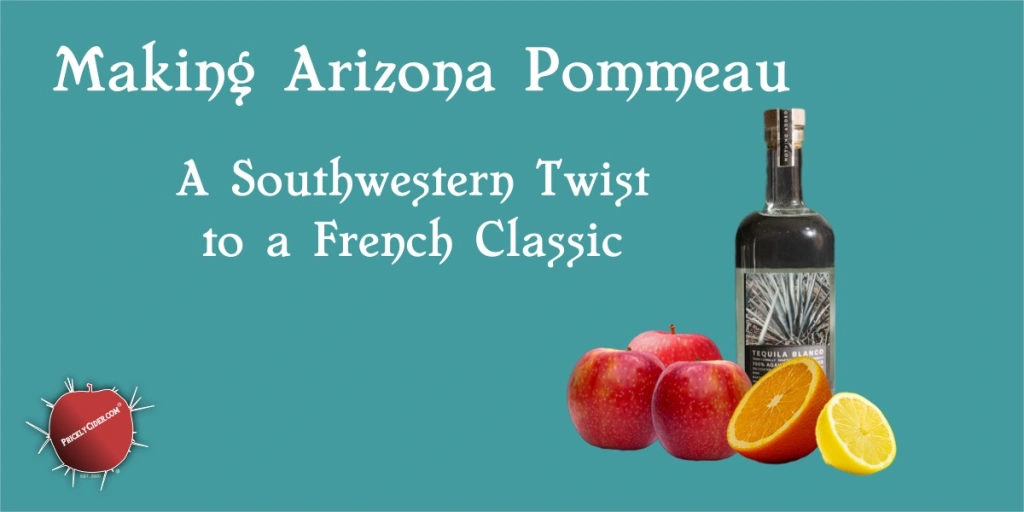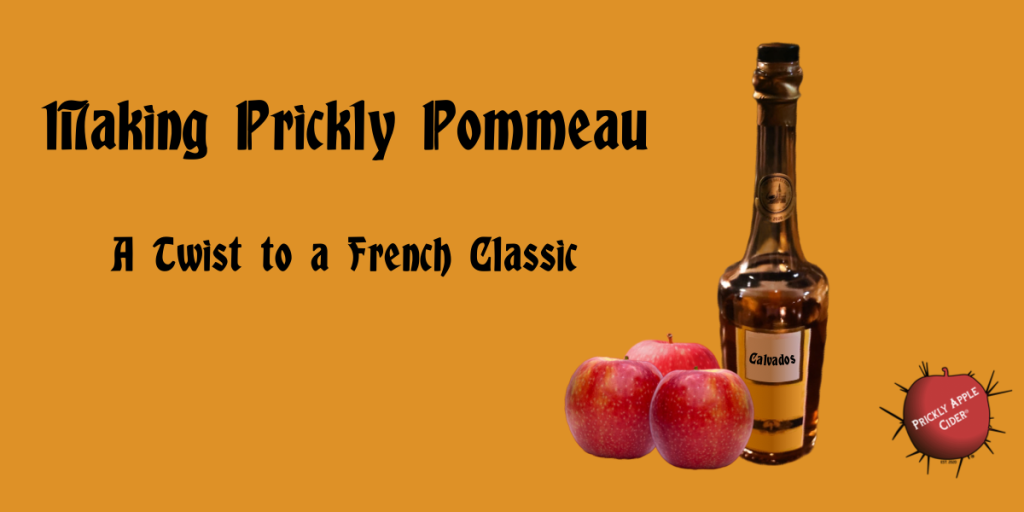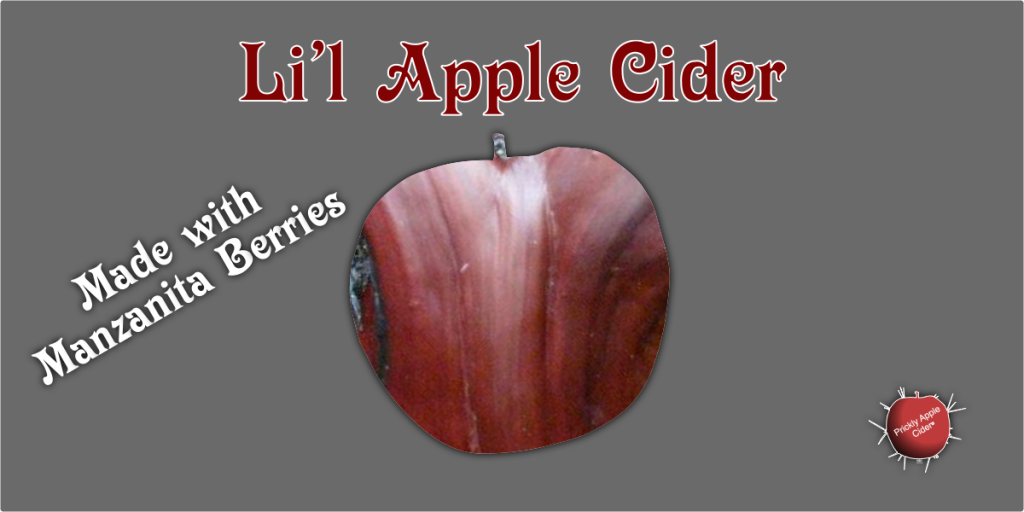This hard cider was an attempt to see the impact of temperature on aroma compounds. Yeast have targeted temperature ranges that are supposed to produce aromas to a specific profile or they are considered “off-flavors”. However, since all those profiles are for beer or wine and not cider, what is an off-flavor? In my desire to throw contemporary thinking to the wind, I looked for a low alcohol tolerant lager yeast that is targeted to ferment around 50-60F (10-15C). The plan was to ferment it at 70-74F and also see if it would generate residual sweetness. My selection was Mangrove Jack’s Bohemian Lager Yeast – M84. It was supposed to have trouble going over 7-8% ABV and was ideally fermented at 50-59F (10-15C). It is described as a yeast that produces dry, light, and clean beer. I thought it would also give me a chance to see if some crazy aromas or flavor showed up.
I used Jonathan and Gala apples for this fermentation and I also added the peels from about 4 pounds of the Jonathan apples. As I have noted in my article on how apples peels are the missing ingredient to hard cider, I wanted to add more polyphenols. The fermentation was relatively normal. It fermented out in about 1 week and I left it for another before racking it. This is fairly normal time period for my 3 gallon batches. My 1 gallon batches usually finish in under a week but I often leave them until the end of the second week.
Usually, I can get a gallon from 16 pounds of fruit. However, I have been recommending 18-20 pounds. This is to support the clarification process. I have started racking my juice off the pectin sediment I get after treating with pectic enzyme. I do this because juice where the pectin is broken down and that is clearer will produce fruitier esters and aromas. However, you lose some juice unless you ferment these “dregs”. Just remember that methanol is produced at higher levels from the breakdown of pectin so the dregs are likely to production methanol in greater amounts. Methanol is toxic to humans.
I aged this cider on hickory, my first time using it and it was an interesting result. Not the “in your face” aromas that oak often brings. This was more subtle. I think it might have contributed to the herbal and floral notes. Some might call honey. I force carbonated this hard cider to 2.25 volumes CO2 for carbonation. It’s enough to support the aroma and mouthfeel without overwhelming the subtle aromatics and flavor profile. It’s slightly tart apple with notes of citrus and what I might call spring meadow with some floral, some grass, and some herbs. It has a clean taste and I really like the combination of the peels, the hickory, and the yeast. It’s a pleasant and complex cider. The more of them I drink, the more I like it. That is different from a cider that gets better as you drink it. I just find that I better appreciate the complexities of this cider each time I drink it.

Process Alternatives:
As always you can adapt this hard cider recipe to your preferred method. As is my normal, I don’t use sulfites or sorbates in my ciders. If you want, you can always add sulfites 24 hours before inoculating with yeast and both sulfite and sorbate before packaging if you are back sweetening with fermentable sugars. I just try to avoid additional preservatives if I can. You might check our my article on killing your juice if you are interesting in exploring this more. Hard ciders will naturally produce some sulfites as they ferment. Different yeast varieties produce more than others.
I also filter my hard ciders but you can simply age them longer, cold crash them, and/or use fining to help clarify your hard ciders. Check my tips section out for more details in these items. The same is true for carbonation. If you want to bottle condition this cider to 2.25 volumes, you can add 21 grams of priming sugar per gallon (5.5 grams per liter). This should give you the additional volumes CO2 that you would need to reach 2.25. This assumes you didn’t degas the hard cider, which means you should have around 0.85 volumes of CO2 already suspended in it.
If you are not using kegs, always remember to limit your oxygen exposure by limiting your headspace when aging. If you are looking for some variations on this recipe, consider the following.
- More Peels: I use an flavoring amount of peels for this hard cider. Consider adding all the peels from the apples you use or even some from other apples. This could add more color and polyphenols.
- Other Wood: Can’t find hickory? Try cherry or apple wood. How about some ash or maple? Explore other types of wood to give your cider some unique flavors.
- Yeast Alternatives: Consider using a different yeast. I have been exploring torulaspora delbrueckii, which is a non-saccharomyces genus of yeast. Saccharomyces is the most common yeast genus used for wine and beer. Within this genus, there are a vast number of species, which is how you have yeast that create esters, phenols, or combinations of these sensory components. Torulaspora delbrueckii is a high ester producing yeast, meaning expect more fruity aromas.
- Back Sweeten: If you desire a sweeter hard cider, consider adding 40 grams per gallon (10.5 grams per liter) of organic erythritol to the cider before bottling. Erythritol is a non-fermentable sugar alcohol.
Did you enjoy this recipe? Follow me so you can get more hard cider recipes and tips as well as ideas for experiencing hard cider. Also, if you want to learn more about making hard cider, get my book. It covers all things hard cider as well as food and cider pairings.









